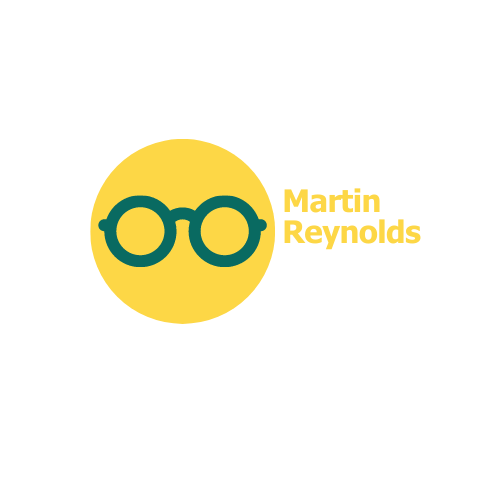Navigating Insurance Coverage for Eyeglasses and Contact Lenses
Eyeglasses and contact lenses are essential accessories for millions of people worldwide. Whether it is correcting vision impairment or simply enhancing style, eyewear plays a crucial role in our daily lives. However, the cost of these visual aids can be overwhelming, especially when insurance coverage comes into the picture. Understanding insurance coverage for eyeglasses and contact lenses can be a complex task, but with some guidance, it becomes much more manageable.
Sub-heading: Types of Insurance Coverage
Before delving into the details of navigating insurance coverage, it is important to understand the different types of insurance plans available. Insurance coverage for vision care typically falls into three categories:
1. Employer-sponsored insurance: Many companies offer health insurance plans that include vision coverage as part of their employee benefits package. This type of coverage varies widely, from basic plans that only cover routine eye exams to more comprehensive plans that include allowances for eyewear. It is essential to review your employee benefits package to understand the extent of your coverage.
2. Individual vision insurance: For those who do not have access to employer-sponsored insurance or want additional coverage, individual vision insurance plans can be purchased independently. These plans often cover routine eye exams, eyeglasses, and contact lenses, but again, the level of coverage can vary greatly. It is crucial to research different providers and thoroughly read the policy details before committing to a plan.
3. Medicare/Medicaid coverage: Medicare, a federal health insurance program primarily for individuals aged 65 and older, does not typically include coverage for routine vision care or eyewear. However, certain circumstances may allow for coverage, such as cataract surgery or eyeglasses after cataract surgery. Medicaid, a joint federal and state program that provides health coverage for people with low income, may offer some vision coverage for eligible individuals. It is important to check with your state Medicaid office or consult an insurance specialist for further information.
Sub-heading: Navigating Insurance Coverage
Once you understand the type of insurance coverage available to you, it’s time to navigate the details. Here are some tips to help you effectively manage your insurance coverage for eyeglasses and contact lenses:
1. Know your benefits: Read through your insurance policy or speak to a representative to understand the specific benefits and limitations of your coverage. Take note of any deductibles, copays, or restrictions that may apply.
2. Network providers: Most insurance plans have a network of preferred providers. Using in-network providers can often result in more coverage and lower out-of-pocket expenses. Check with your insurance company for a list of participating providers or visit their website to search for providers in your area.
Bullet List:
– Understand the type of insurance coverage available to you: employer-sponsored insurance, individual vision insurance, or Medicare/Medicaid coverage.
– Read the policy details and be aware of benefits, limitations, deductibles, copays, and restrictions.
– Utilize network providers to maximize coverage and minimize out-of-pocket expenses.
– Keep track of important dates, such as when your benefits reset or when you are eligible for new eyewear.
– Save receipts and keep records of your purchases to ensure accurate reimbursement.
– Consider alternative options, such as online retailers and discount programs, for potential cost savings.
– Don’t hesitate to reach out to your insurance provider or an insurance specialist for clarification or guidance.
In conclusion, understanding insurance coverage for eyeglasses and contact lenses is crucial for managing costs effectively. By knowing the type of coverage available, navigating the details, and utilizing network providers, you can make the most of your insurance benefits. Remember to keep track of important dates, save documentation, and explore alternative options to ensure the best possible outcome for your eyewear needs.
